
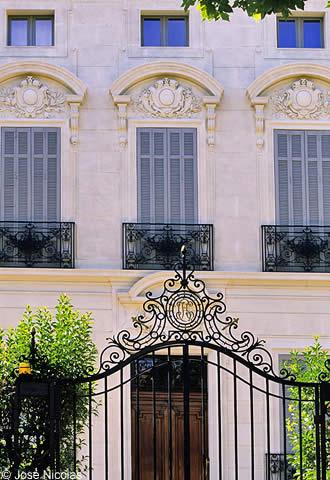
At the height of its oil and soap-making prosperity, Salon de Provence began spreading onto the Crau plain, opened avenues leading to the new neighbourhoods and saw sumptuous buildings springing up, which, if they haven't all disappeared, have known diverse fates…
“It's as though, out of the blue, a blanket of stone and slate fell on the little city of Salon at the turn of the century”, as Marie-Christine Braillard, curator at the Museum of Salon and the Crau, colourfully expresses it. A strange epidemic spread through the town at the hour of its glorious economic upturn, sowing new avenues to the west and, to the south, homes that rivalled each other in architectural significance.
Despite the 1909 earthquake and the assault of time, evidence of this period remains on and around the Boulevard de la République: huge houses called mansions or villas, practically none of which have remained in the hands of the original owners' families. Many, moreover, have only been saved by becoming public buildings or commercial space: bank, clinic, courthouse, chamber of commerce…
A trend of “castellation” had caught on, but without the invention of any new style or the revelation of local architects. The new bourgeoisie of Salon, with their rapidly rising fortunes and social status, did not necessarily have the well-developed taste nor the willingness for artistic creativity. What was most important were house façades worthy of one's social standing. The homes, built by local building companies of whom little initiative was required, came right out of catalogues, as was very much the fashion at the time. In those illustrated brochures, one could choose between different main façades and plans for the different stories. Then, all that needed to be done was personalize the product by choosing such and such a dormer or decorative detail. A financially interesting solution that cost little in imagination!
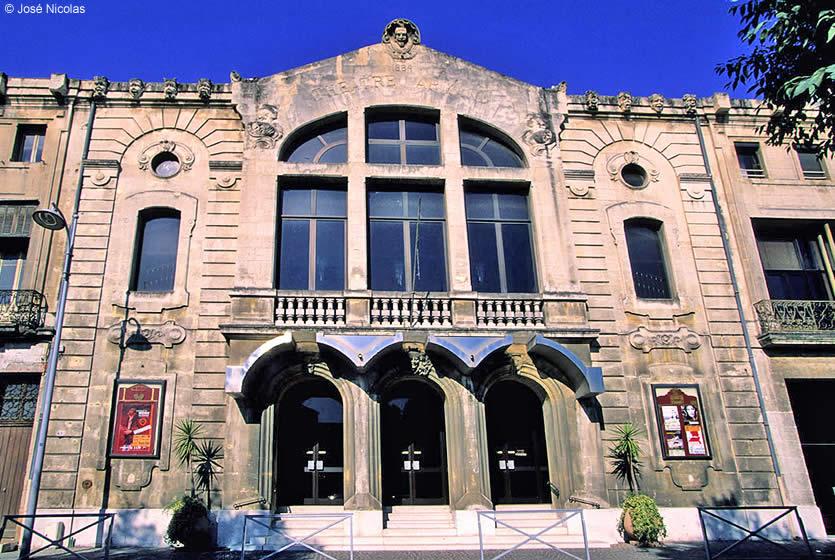
Armand Theatre in Salon de Provence
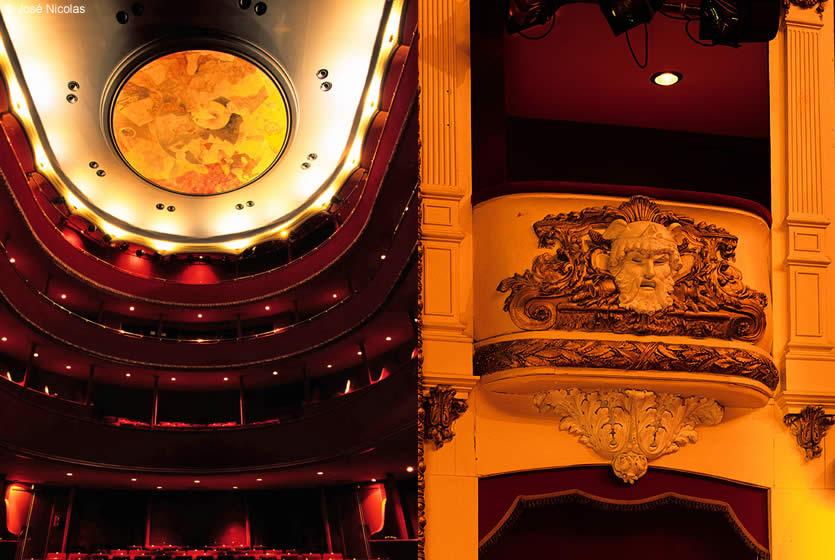
Interior décor of the Armand Theatre
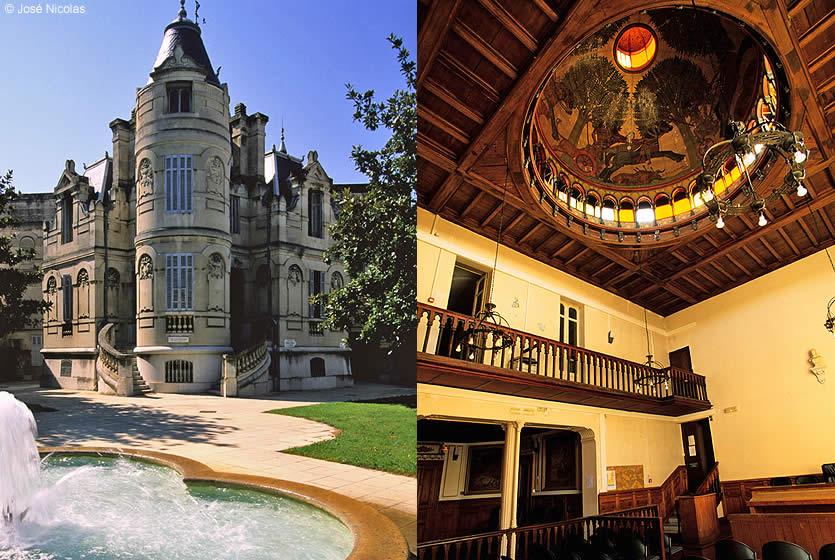
The courthouse in Salon de Provence and its cupola
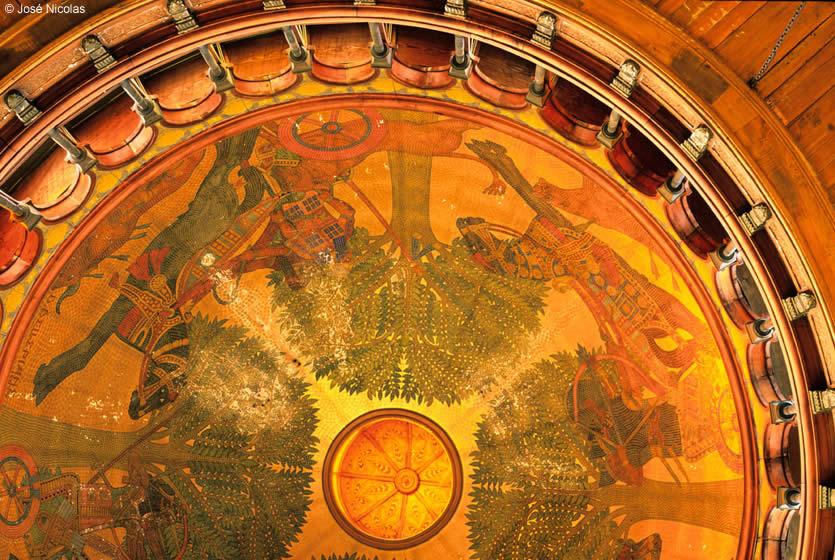
The cupola of the courthouse and detail of the fresco
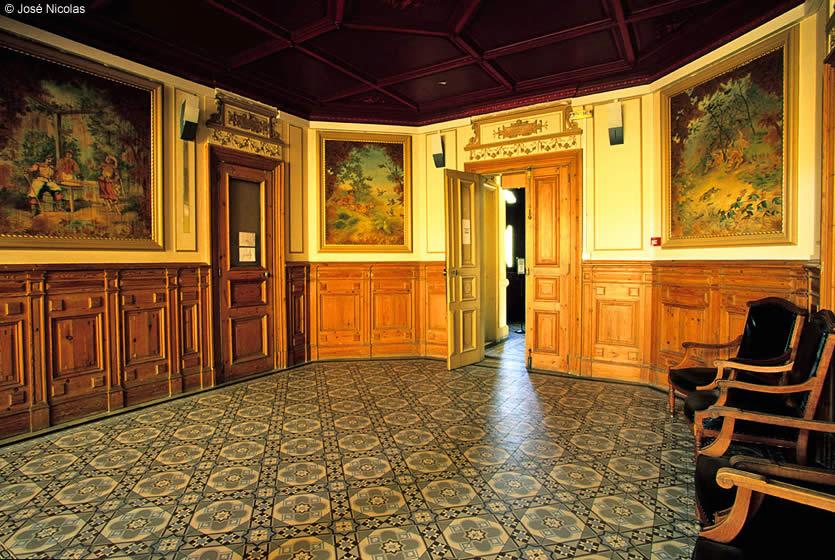
A room in the courthouse, tapestries and woodwork
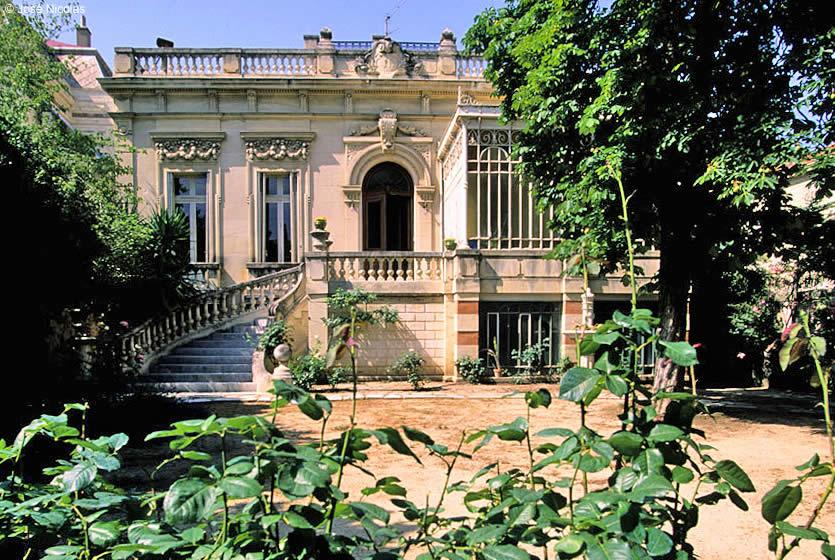
House of the soap-maker Jules Marius Fabre
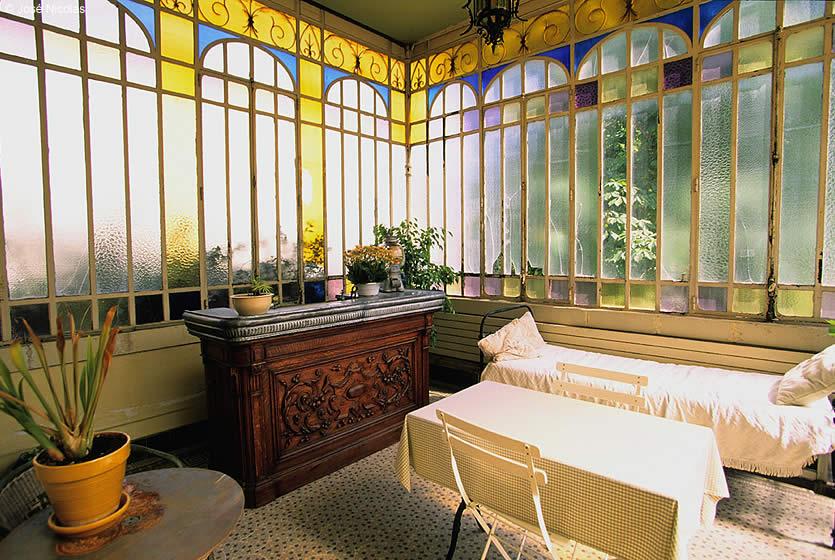
Veranda of the Jules Marius Fabre House
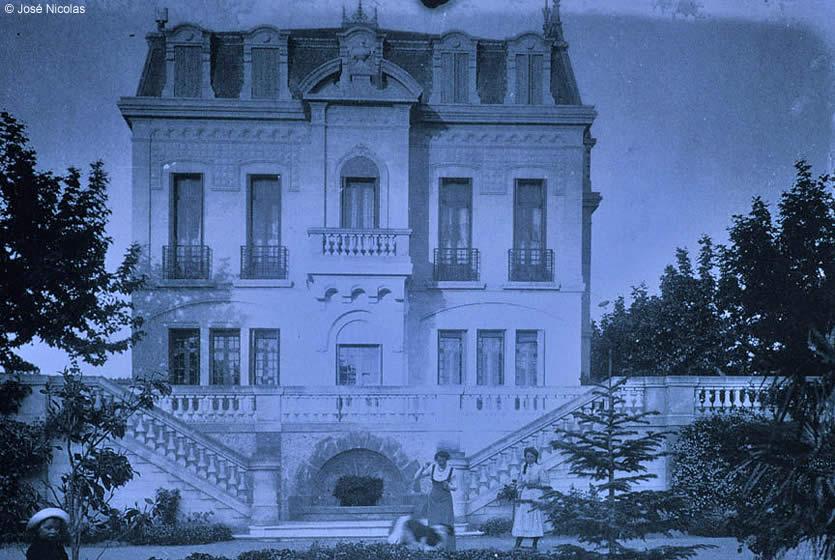
The Villa aux Cigales
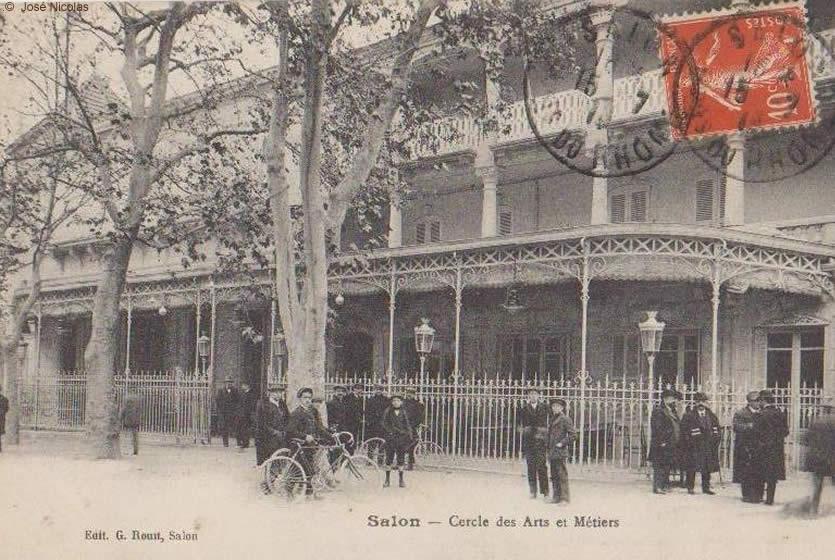
The Cercle des Arts et Métiers cultural centre
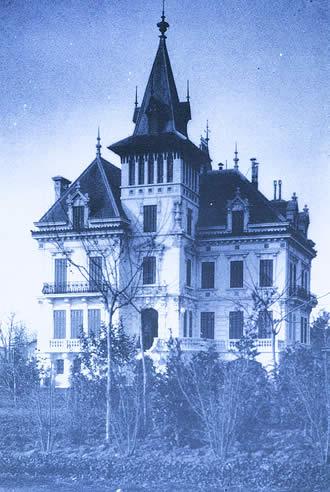
In Salon, several styles stand out.
- A classic “castle” genre with a uniform and symmetric composition, a façade of ashlar quoins, wrought-iron balconies on the first floor, sloped roofs surmounted by finials (the Bourgue, Saint-Victor, Blanche villas, Pécout, Biet-Sube mansions…).
- A series of “neo” styles: neo-Palladian for the Pascal mansion with its corner pavilions and its loggias.
- Neo-Louis XIII for the Château Lavastre that alternates bricks and stone.
- Neo-romantic for the Armieux villa with its gothic accents. Some preferred the “seaside” villa, starting the fashion for the vacation architecture that characterizes the Villa Couderc.
- Finally in 1910-20, others adopted the Modern Style or Art Nouveau, which was difficult to escape at the time.
On the more simple walls, the houses adorned themselves in bow-windows and façades with floral motifs (the Jules-Marius Fabre villa and the Roche mansion).
The architectural euphoria was not confined to private homes and factories. It also extended to the public, urban and artistic domain.
It was in that period between 1870 and 1920 that the hospital, race track, post office, gendarmery, and the Arts Circle were built, as well as the Armand theatre, which has become an important municipal performance space since its reopening twenty years ago.
This pretty, Italian-style theatre, in which you can still see the mayor's and general's boxes below the ceiling painted by Oppenheimer, is due to the generosity of a wealthy local merchant named Etienne Armand. With this edifice, the olive oil merchant wanted to contribute to the cultural development of the city and, undoubtedly, leave a lasting reminder of his rich existence. An unlucky building candidate, Armand had to to deal with such technical and financial vicissitudes as the cholera epidemic in 1884. He died bankrupt, before even one show could be performed in his theatre. His son then auctioned off the theatre to another businessman who gave it to the city in 1891… No descendant of the unfortunate patron of the arts attended the building's inauguration following its renovation in 1986.
As you stroll this peaceful residential neighbourhood in the Salon of today, the façades of the splendid buildings, scattered here and there, immobile witnesses to a forgotten era, end up making heard, softly murmured, a bit of history. That is called heritage, and to enrich today and build the future, we know tthe importance of preserving, studying and understanding it. Or just simply admiring it, to make it exist...
The Tourism Office proposes a tour in the Savonniers quarters. Most of the buildings are private and only occasionally open to the public but you can still admire the exteriors and the exuberance of their architecture.
Other accommodations
Vacation rentalWhere to sleep?